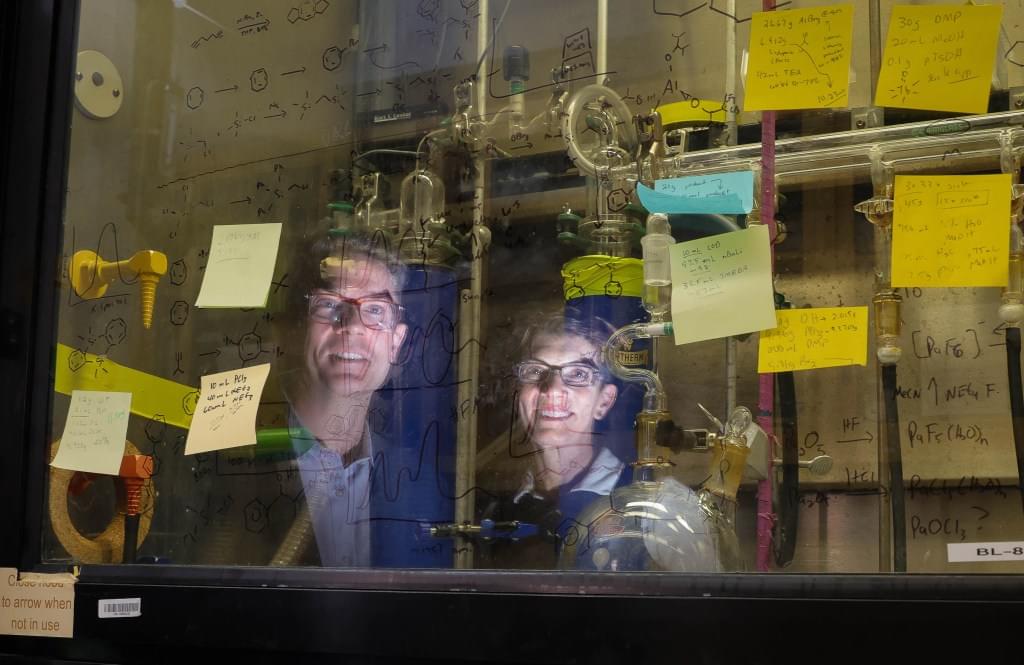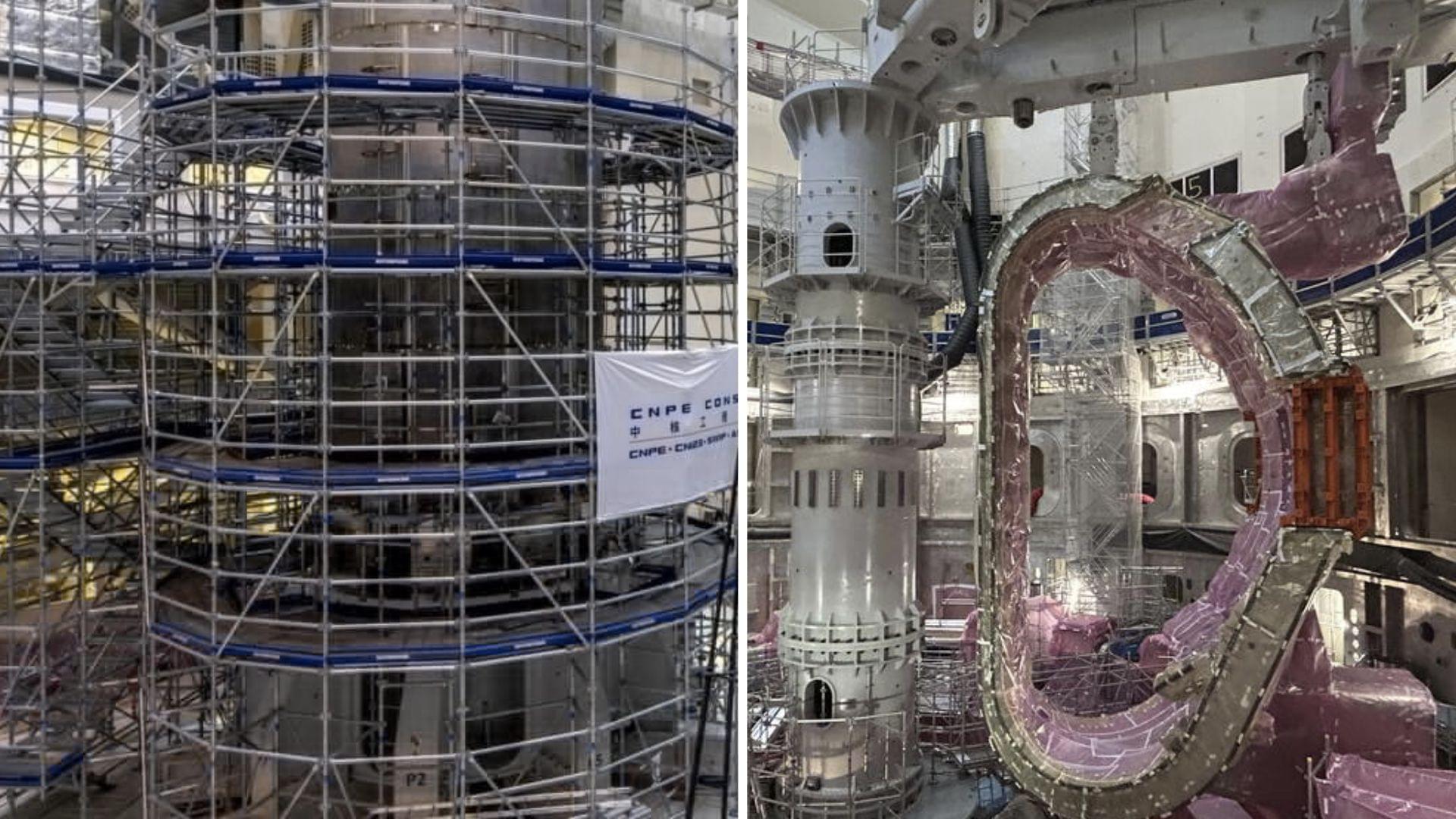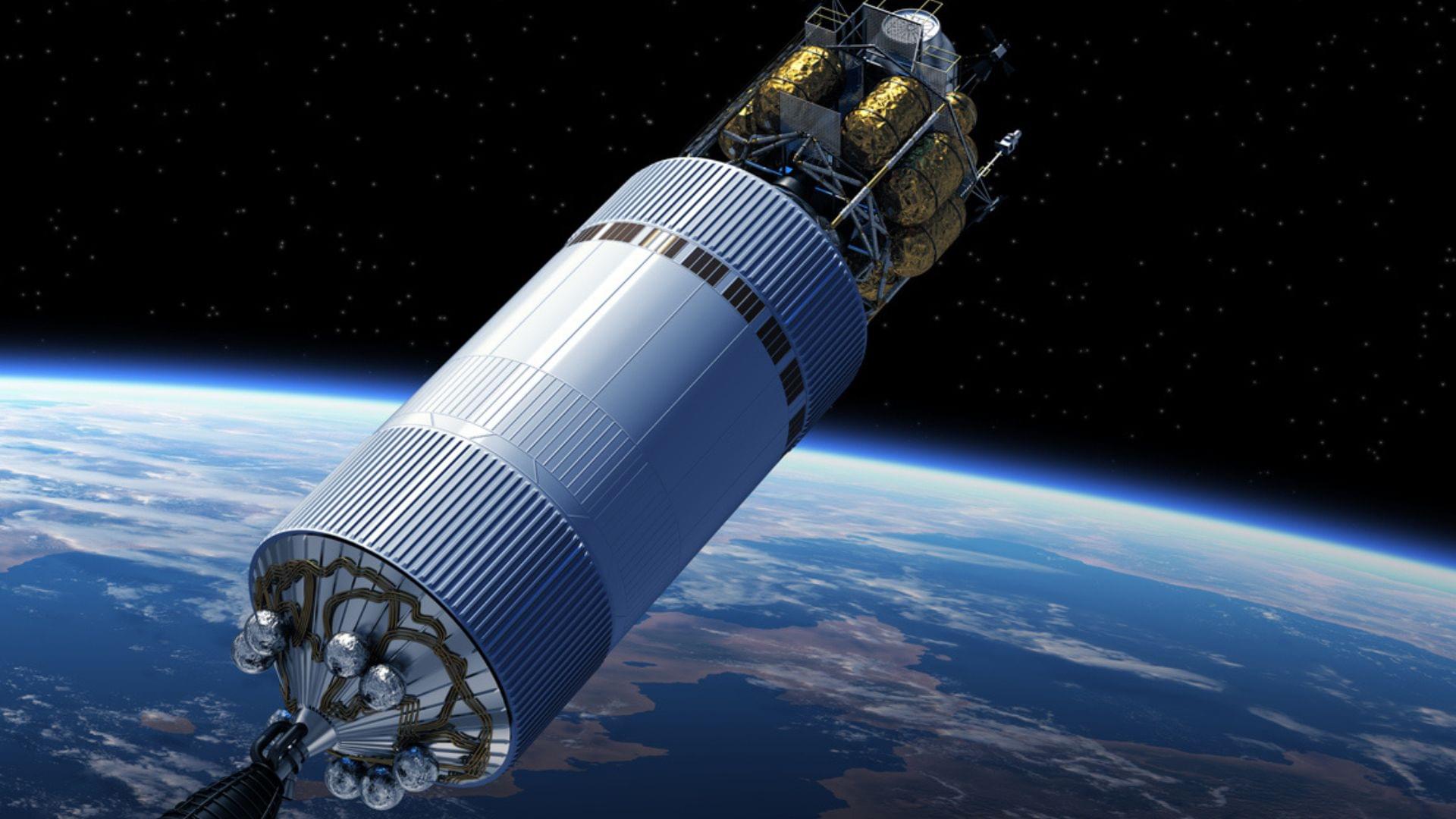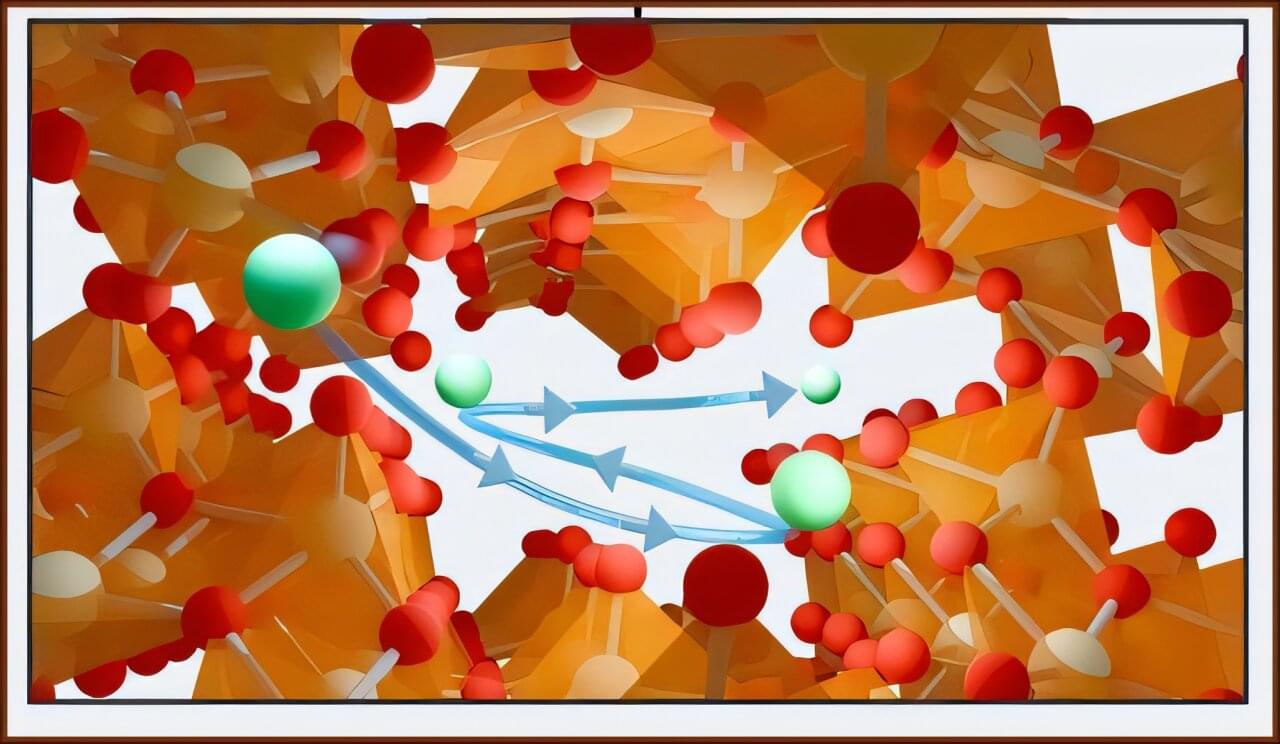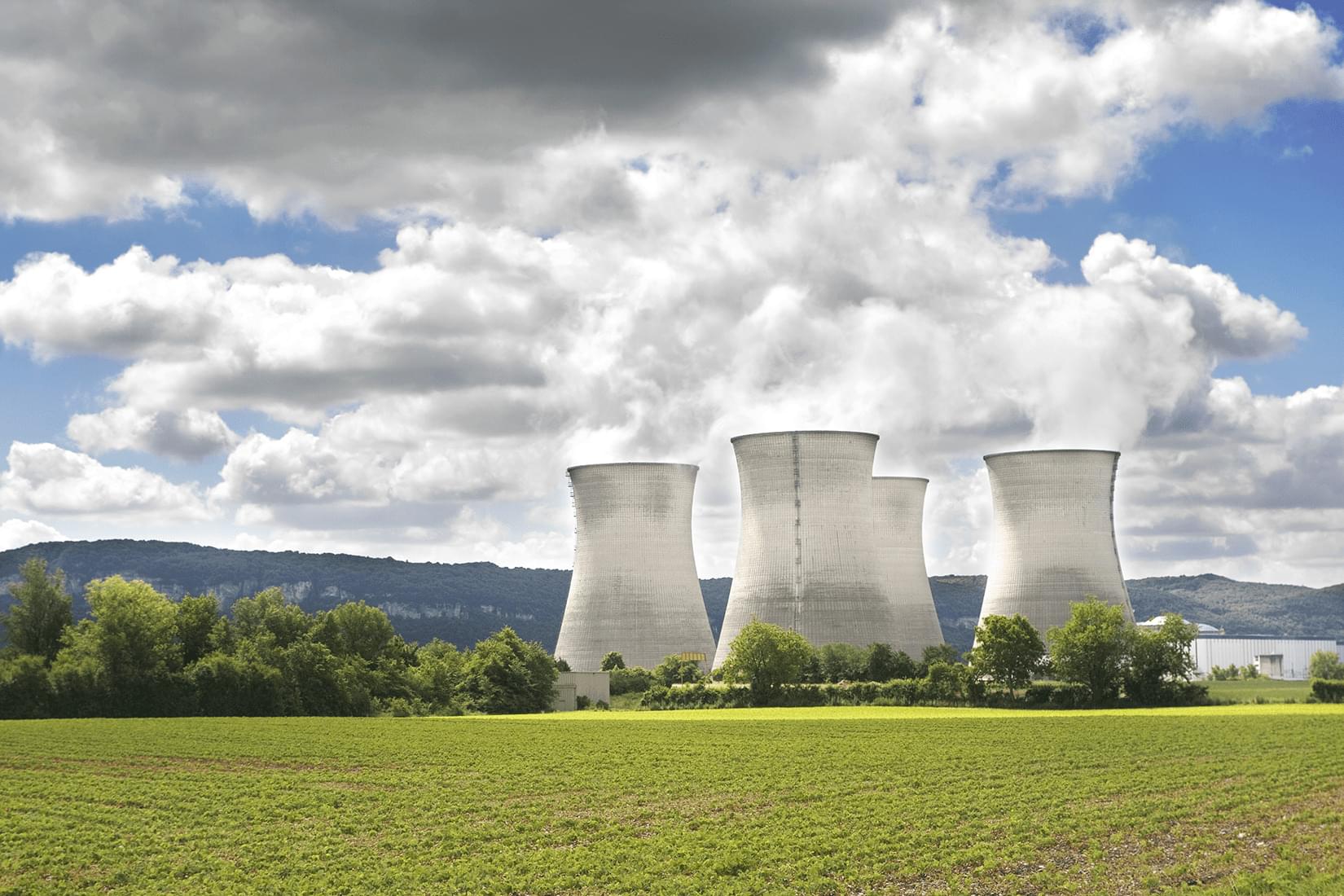Imagine never charging your phone again or having a pacemaker that lasts a lifetime. Scientists are developing tiny nuclear batteries powered by radiocarbon, a safe and abundant by-product of nuclear plants.
Unlike lithium-ion batteries, which degrade over time and harm the environment, these new designs use beta radiation to trigger an electron avalanche and generate electricity. The team’s latest prototype vastly improved efficiency, and though challenges remain, the technology could one day make nuclear power as accessible as your pocket device.
The Problem with Current Batteries.

